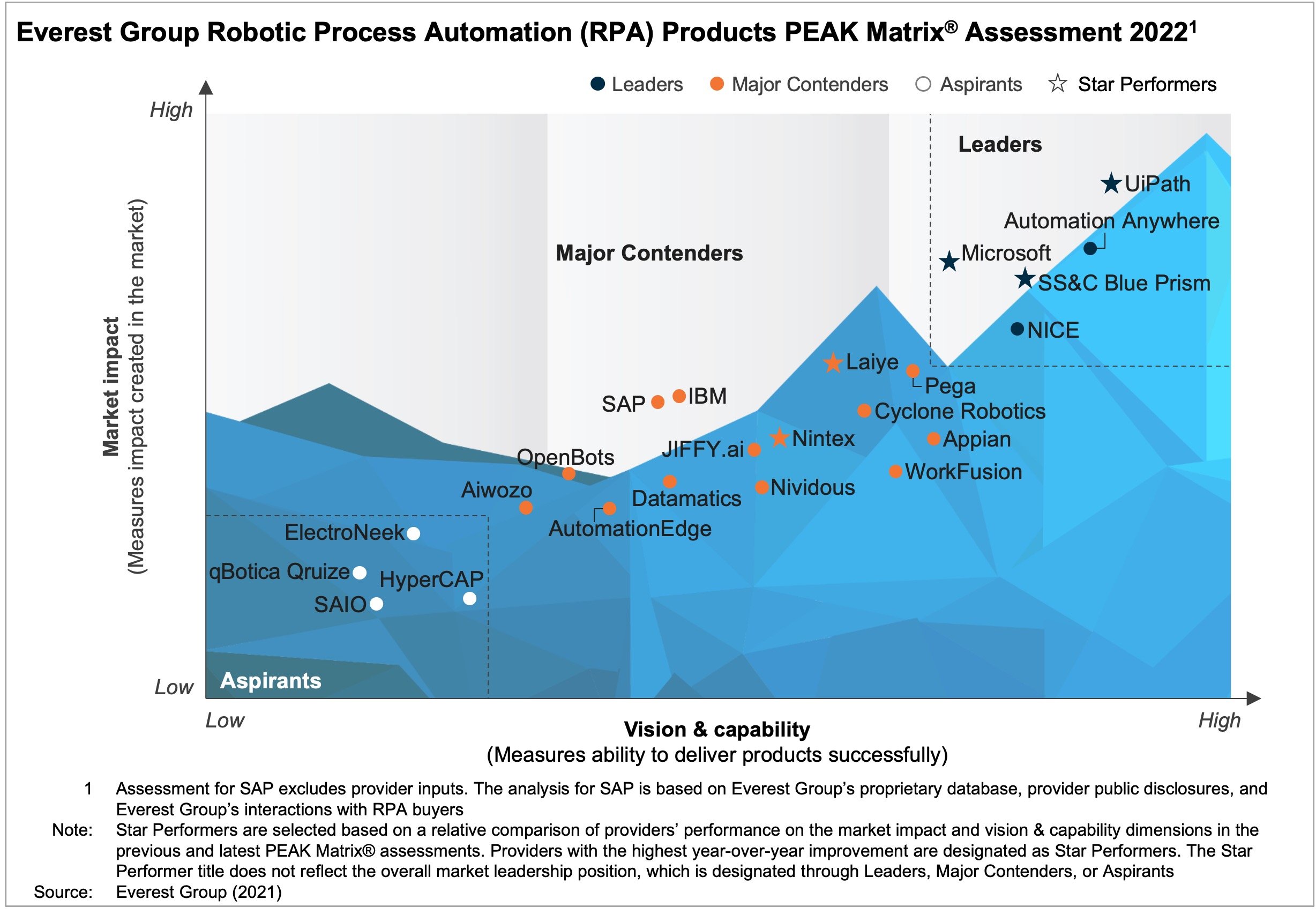The post-pandemic era is repeatedly stress-testing organizations’ abilities to adapt to a volatile world through rising inflation, an economic slowdown, geopolitical tensions, supply chain disruptions, and talent shortages. As corporate executives go back to the drawing board to re-examine their strategic priorities, they are increasingly regarding automation as a strategic initiative to emerge successful amid these uncertainties.
For long, Robotic Process Automation (RPA) has remained a key enabler for enterprise automation. While the overall automation ecosystem is rapidly evolving through new technologies – such as Intelligent Document Processing (IDP), process mining, task mining, API-based automation, process orchestration, and conversational AI – these technologies only strengthen RPA, which continues to be a foundational element of enterprise automation. RPA provides a host of benefits to enterprises, including improved operational efficiency, enhanced customer and employee experience, and a workforce engaged in strategic activities. With Big Tech firms entering the space, RPA has become one of the fastest-growing software markets.
In this report, we study 23 RPA technology providers and position them on Everest Group’s PEAK Matrix®, categorizing them as Leaders, Major Contenders, and Aspirants based on their capabilities and offerings. The research will help buyers select right-fit technology providers for their needs, while technology providers will be able to benchmark themselves against each other.

Scope
All industries and geographies
Contents
This PEAK Matrix® report examines:
- Everest Group’s PEAK Matrix® evaluation of RPA technology providers and their categorization into Leaders, Major Contenders, and Aspirants
- Competitive landscape of the RPA technology provider market
- Key RPA technology trends
- Key strengths and limitations of each RPA technology provider
Membership(s)
Service Optimization Technologies (SOT)
Sourcing and Vendor Management